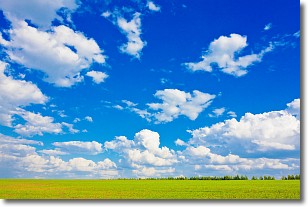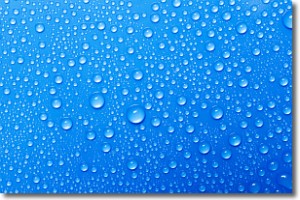Weather Alert in Alaska
Special Weather Statement issued September 7 at 4:04AM AKDT by NWS Anchorage AK
AREAS AFFECTED: Central Aleutians
DESCRIPTION: Ex-typhoon Peipah will lift to the Central Aleutians this evening. There will be two separate peaks of strong winds. One this evening with easterly gusts up to 60 mph at times and the last peak, stronger, Monday morning with northerly gusts around 65 mph at times. A few localized gusts up to 70 mph are possible late Monday morning. There will be a break in strong winds early Monday morning as the low pressure center moves by just to the south and east with northerly winds picking up in earnest on the backside of the system mid-Monday morning. Accompanying the strong winds will be moderate to heavy rain this evening through Monday with rainfall totals 2 inches this evening through Monday night. Winds will significantly decrease starting Monday night and into Tuesday. Residents should secure loose items that can easily be blown around or damaged. Prepare for possible power outages. Travel may be difficult.
INSTRUCTION: N/A
Want more detail? Get the Complete 7 Day and Night Detailed Forecast!
Current U.S. National Radar--Current
The Current National Weather Radar is shown below with a UTC Time (subtract 5 hours from UTC to get Eastern Time).

National Weather Forecast--Current
The Current National Weather Forecast and National Weather Map are shown below.

National Weather Forecast for Tomorrow
Tomorrow National Weather Forecast and Tomorrow National Weather Map are show below.

North America Water Vapor (Moisture)
This map shows recent moisture content over North America. Bright and colored areas show high moisture (ie, clouds); brown indicates very little moisture present; black indicates no moisture.

Weather Topic: What are Cumulus Clouds?
Home - Education - Cloud Types - Cumulus Clouds
 Next Topic: Drizzle
Next Topic: Drizzle
Cumulus clouds are fluffy and textured with rounded tops, and
may have flat bottoms. The border of a cumulus cloud
is clearly defined, and can have the appearance of cotton or cauliflower.
Cumulus clouds form at low altitudes (rarely above 2 km) but can grow very tall,
becoming cumulus congestus and possibly the even taller cumulonimbus clouds.
When cumulus clouds become taller, they have a greater chance of producing precipitation.
Next Topic: Drizzle
Weather Topic: What is Evaporation?
Home - Education - Precipitation - Evaporation
 Next Topic: Fog
Next Topic: Fog
Evaporation is the process which returns water from the earth
back to the atmosphere, and is another crucial process in the water cycle.
Evaporation is the transformation of liquid into gas, and it happens because
molecules are excited by the application of energy and turn into vapor.
In order for water to evaporate it has to be on the surface of a body of water.
Next Topic: Fog
Current conditions powered by WeatherAPI.com




